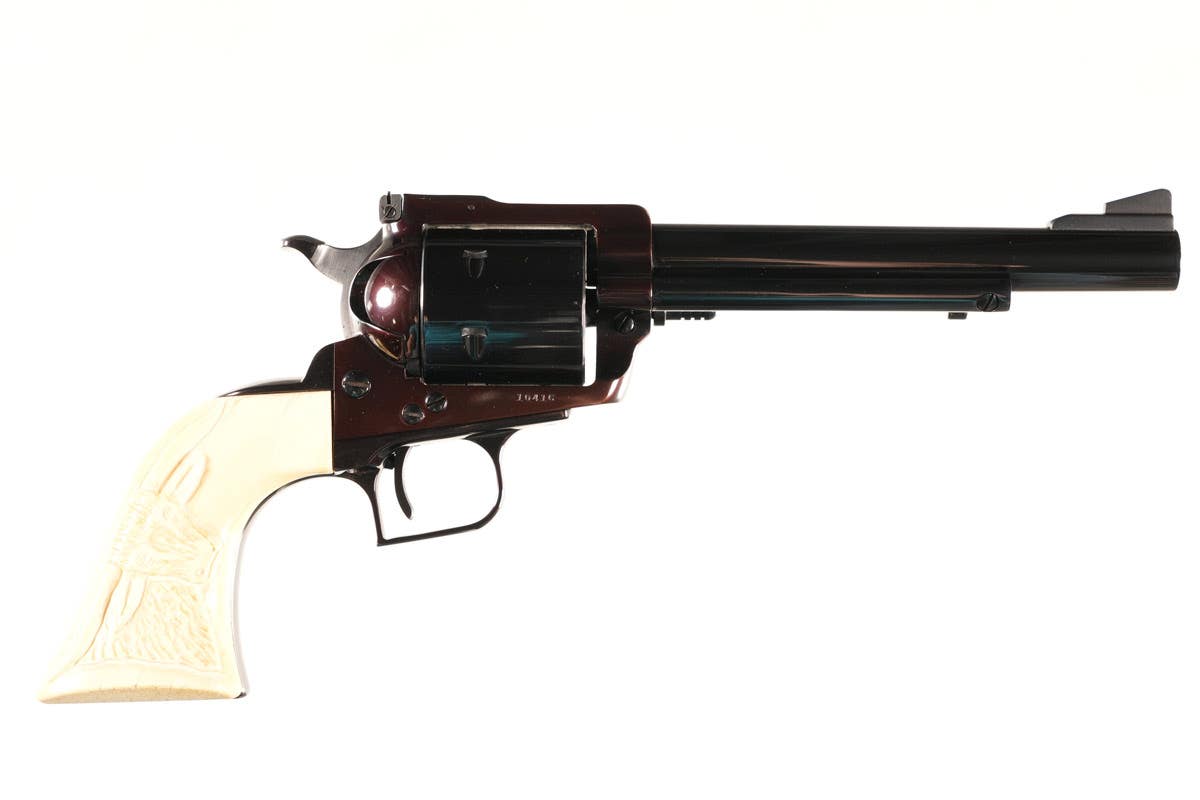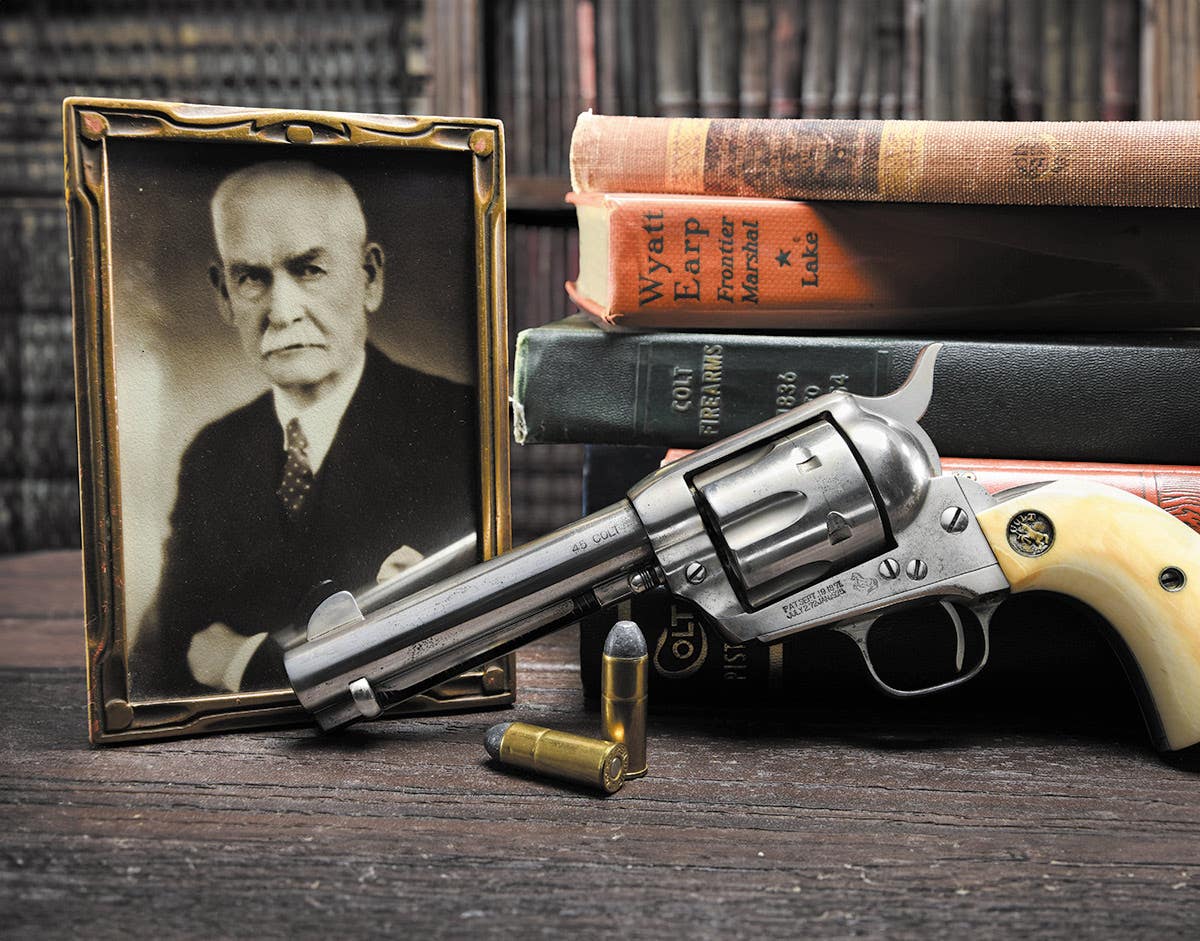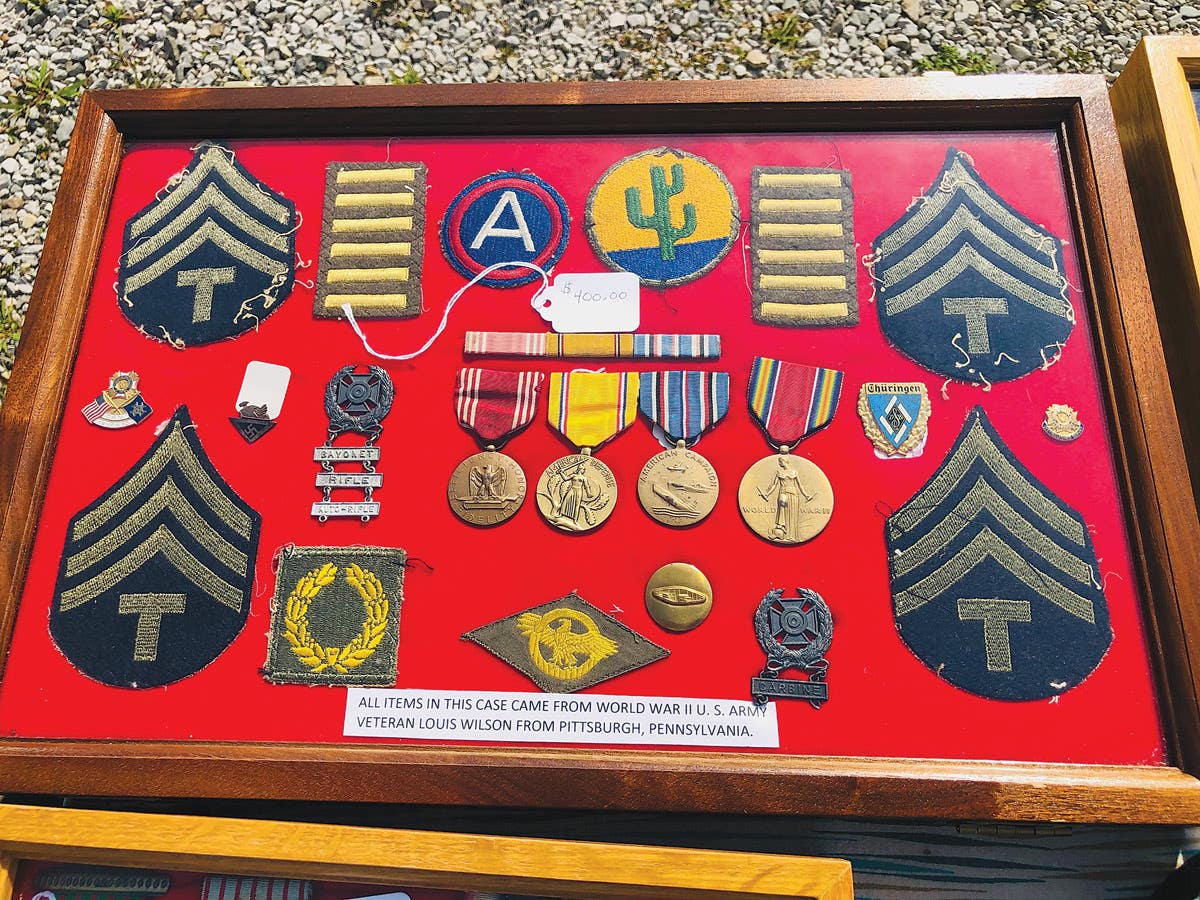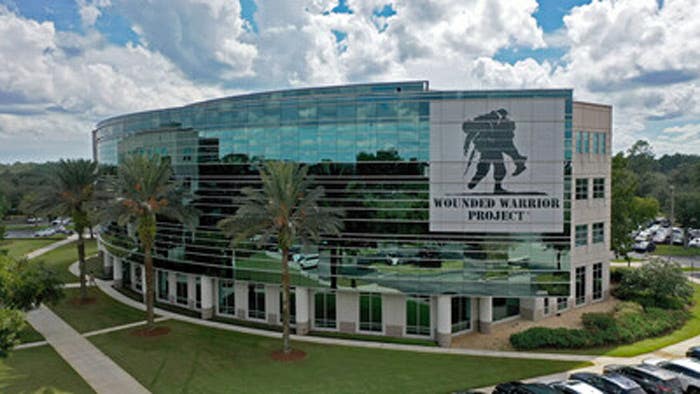Blue & Gray’s Anatomy
Civil War surgical items are carving their place in the collector’s market.
You've just browsed eBay and discovered something claiming to be a medical instrument used in the Civil War (1861-1865). Perhaps, as someone interested in Civil War memorabilia, the idea even holds some fascination. But what's it worth? And is there really a market for surgical saws, amputation sets, knives and scissors?
A collection of medical and personal items, authenticated as belongings of Major Abel Houston Thayer (1842-1919) of Webster, W.Va. It sold for $17,250 at a 2003 Cowan's auction.
As it turns out, it's a collecting field with a double-edged sword - something that appeals to those interested in the advancement of medical procedures - as well as history buffs. Medical antiques, and in particular surgical sets, are also frequently associated with guns and war, so it's also not unusual to find these items at a gun show, especially if the show includes Civil War material.
But, just what should someone look for? "If one uses eBay and auction houses to spotlight the hot spots in American medical collecting, then the range of dates with the most interest would be from the 1820s to the 1880s," said Dr. Michael Echols, a collector and preserver of medical antiques and antique surgical sets. "This was the period when American production was at a zenith. European and English imports dominated the medical scene prior to the 1840s.
This pair of Civil War era brown leather medical saddle bags sold for $862 at Cowan's Auctions.
"Of course, the great majority of items posted by individual sellers on eBay are later, post-1900 material, but the collector interest just is not there and neither are the prices. The hottest topics currently are Civil War period material."
Unfortunately, much of what is claimed to be "Civil War" is of questionable heritage. The good news is there are a number of features that can aid in identification. "Prior to 1870, there was no sterilization, and surgeons usually just wiped the knife handle or saw blade on their apron to remove the blood. As a result, the first thing to look for is the type of handle on the cutting instruments," explained Echols. "In the period before and during the Civil War, cutting instruments had non-metallic handles made of ebonized wood, gutta percha, ivory, horn, wood and other porous materials. After 1870, sterilization became a common practice, and these materials could not stand up to chemical and heat treatments. Consequently, makers of surgical instruments began using metal."
This absolutely pristine capital bone surgery set was purchased at Mape's Auctions in New York in February 2006 at a record price of $29,500.
The layman's translation? A metal handle means the surgical instrument is post Civil War.
Civil War surgery sets, which were made or used during the war, generally come in three variations: Civilian, U.S. Army Medical Department and U. S. Army Hospital Department. Military sets will almost always have double sliding latches and no keys/keyholes. After all, who wants to look for a key during a military operation? Conversely, civilian sets will usually have a central key, but no latches.
In addition, military sets are generally marked by their manufacturers. Makers were located in New York and Philadelphia, and were contracted by the Union Army to produce specific sets for the Union forces in the field. Brass plates on the top of the case and engraving on the various instruments will read "U.S.A. Hosp. Dept.," "U. S. Medical Department," or a variation thereof.
U.S. Army Hospital Civil War issue trepanning set by Hernstein is valued at $4,500.
Since the Medical Department was an ongoing medical branch of the Army, which existed prior to, during and after the Civil War, U. S. Medical Department marked sets may have existed before, during or after the Civil War. In addition, any surgical set that existed in the United States prior to or during the Civil War could have been used by surgeons on either side - or not.
"Unless an owner has specific, authenticated documentation that proves the doctor-owner of a given set was in either army during the Civil War, my advice is to be very suspicious of such claims," cautioned Echols. "It is also difficult to substantiate claims that a set was used by the Confederacy, since the CSA did not obtain sets under contract, and purchased sets from makers from Northern American, English or European civilian makers."
While the presence of one of these names is not a guarantee, it can serve as a first step in the identification process. Names to look for include Codman and Shurtleff; Gemrig; Helmold; Hernstein; Kern; Kolbe; Kuemerle; Leypoldt; Otto; Rees; Reynders; Snowden; Teufel; Tiemann; Wade & Ford; Wiegand and Snowden; Wirz; and Wocher.
Values of surgical sets are largely determined by size (a larger set will command a higher price than a smaller set), condition, rarity, completeness, provenance and desirability of the maker. Replacement parts or parts that don't exactly fit the custom slots in the case are a key factor in a lower determination of value. According to Echols, a set that has been associated with a Civil War surgeon should never have substitutions, while a set with parts marked by various makers should be viewed with great suspicion.
Since authenticated provenance plays such an important part in the value of Civil War medical instruments, it's not surprising that surgeon-specific items can also be of interest to collectors, including documents, clothing, badges, medical bags and photographs.
In fact, photographs of Civil War surgeons are extremely collectible in their own right. The war years offered a few options for photographs, including the ambrotype, tintype and carte-de-visite. Of these, the carte-de-visite (a small paper photograph mounted on to a commercially produced card) is the most common. Prices vary based on condition, pose and subject.
Medical and surgical books and publications are also of interest, especially those printed for the U. S. Army Hospital Department during the War for use in the field. Multiple examples of medical and surgery books can be found on eBay, as well as antique/rare book resellers on sites such as Abebooks.com. Prices range from $400 to $1,000 and up.
So, do you need a medical degree to appreciate Civil War surgical items? Absolutely not. All you need is a love of history, and a passion for research. If you're armed with those qualities, you'll be ready to do battle with other bidders and buyers, regardless of their profession.
Did you know?
There were few surgical instrument makers in America during or for a number of years after the Revolutionary War. That changed around the time of the War of 1812, when there was an embargo on importing European or English products, putting American-made instruments in greater demand.
The heyday of American-made surgical instruments was from the 1830s to the 1890s and centered in the New York and Philadelphia areas. Prior to the 1830s, and after 1900, most surgical instruments were made in England or Europe and importe d to the United States. As more English and European makers immigrated to North America, the manufacture of instruments increased, reaching its peak during the Civil War.







